What are the Types of Storm?
 Mary Elizabeth
Mary Elizabeth
A storm is a violent disturbance, and most references to storms have to do with weather effects dominated by strong winds. The main types include the hailstorm, ice storm, rainstorm, snowstorm, thunderstorm, windstorm, cyclone, hurricane, and tornado.
The first six types refer to violent winds accompanied by another feature. A hailstorm is weather system accompanied by a fall of hailstones, ice pellets that are larger than 0.2 inches (5 millimeters) in diameter. Even though ice is involved in both, an ice storm is different. Precipitation in the form of snow or rain freezes on contact with whatever it lands on, forming a coating of ice on the surface.

A rainstorm is not just any fall of rain, but strong system characterized by strong winds and heavy rain. A snowstorm is windy weather during which there is a heavy snowfall. A blizzard is a particularly violent type of snowstorm, with wind speeds at or above 35 miles per hour (56 kilometers per hour) and visibility less than 0.25 miles (400 meters) for three hours.

A windstorm has either strong winds or strong gusts of wind, but very little or no rain. A dust storm is a particularly severe windstorm in which clouds of dust are swept across a large area. A violent windstorm with rain, snow, or hail, on the other hand, is called a tempest, while a violent but brief windstorm, which may be accompanied by precipitation of rain or snow, is called a squall.

A cyclone is a violent storm with rotating winds that move clockwise in the Southern Hemisphere, but counterclockwise in the Northern Hemisphere. A hurricane is a particularly severe cyclone — specifically, one originating near the equator and traveling more or less north, usually accompanied by heavy rains. A tornado is a whirling column of air with a funnel-shape. A waterspout refers to a tornado over the water. Although most tornadoes are cyclonic — meaning they rotate in the same directions as cyclones, depending on the hemisphere — anti-cyclonic tornadoes have been observed in the Northern Hemisphere, rotating clockwise.
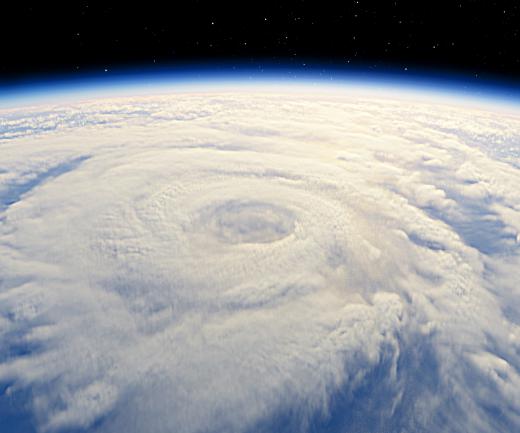
Then, of course, there is the most infamous type of storm humans experience: the brainstorm. This may refer either to a violent disturbance of the mind that has a negative effect, or to the sudden advent of a clever idea or novel plan. In most cases, this "gust" of imagination is disconnected from previous thoughts, coming into the mind without warning and with unpredictable results. Although storms of this type can occur at any time and in any place, the shower and the driver's seat of cars seem to be two particularly likely spots.
AS FEATURED ON:
AS FEATURED ON:










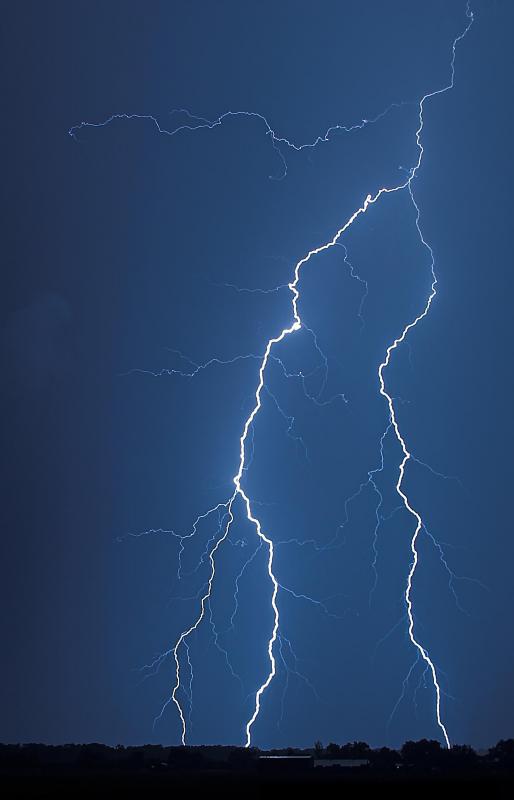
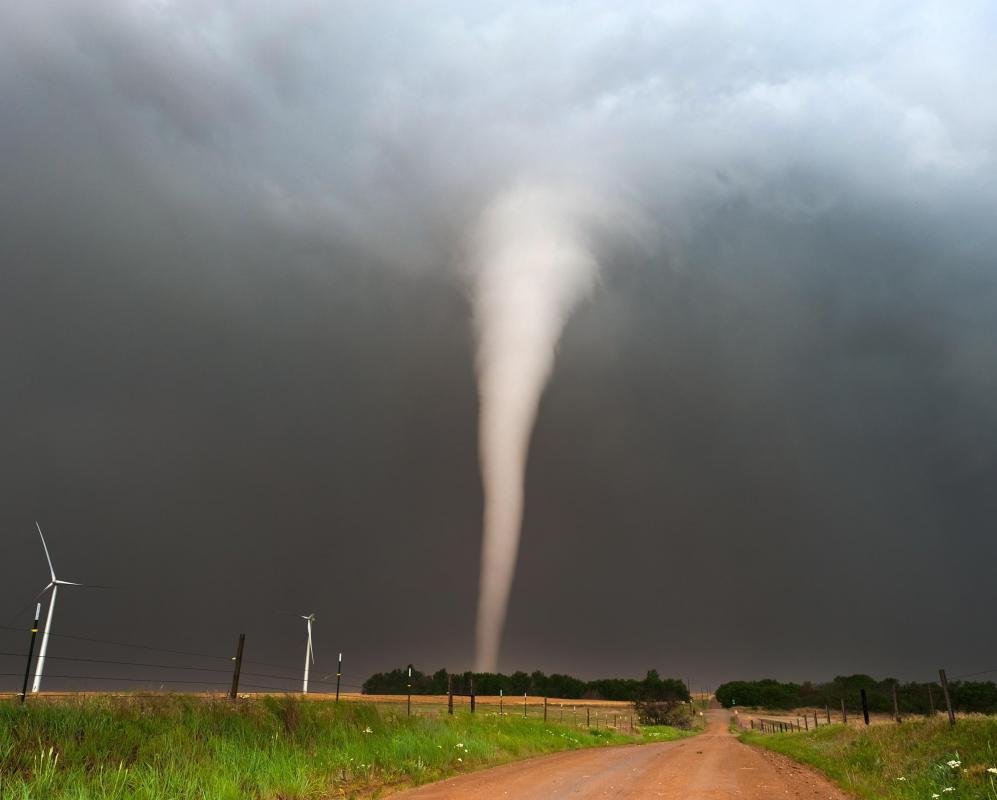

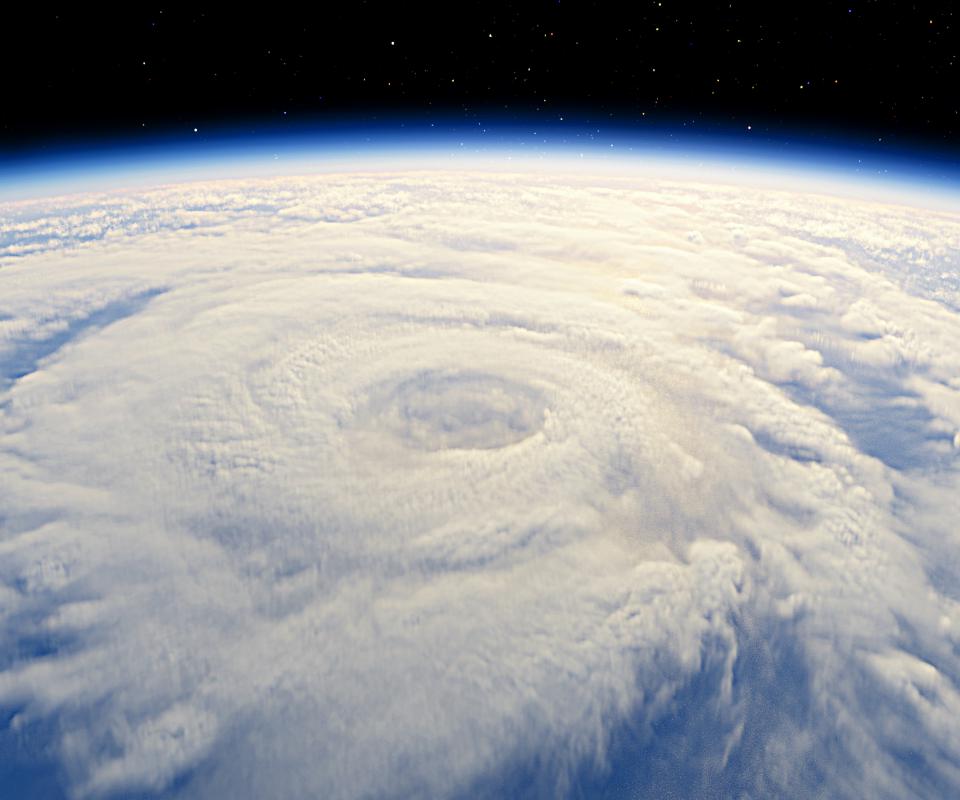
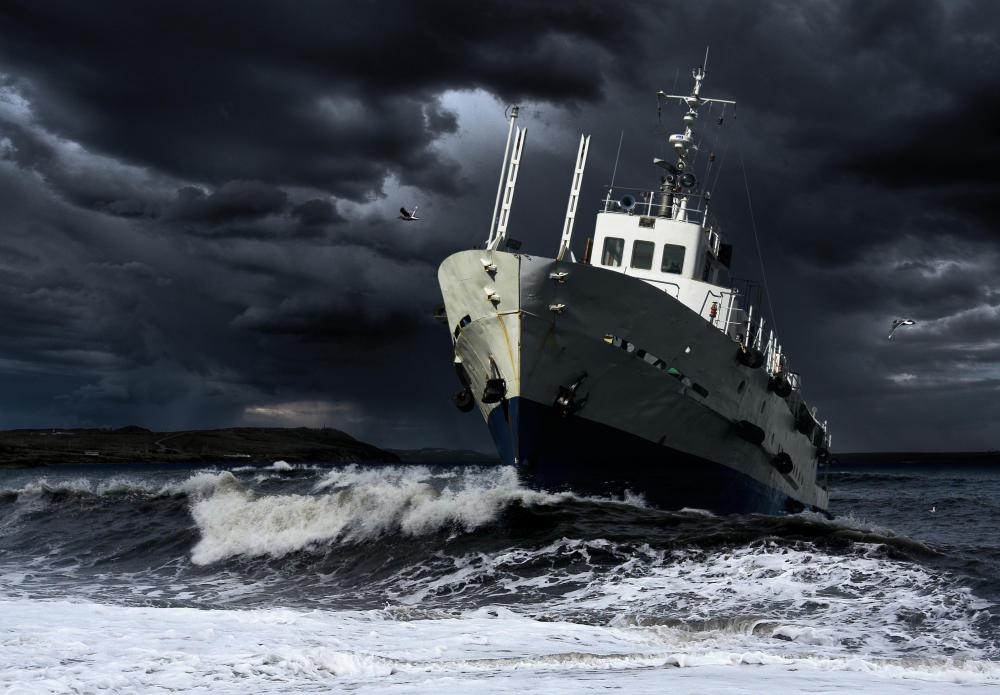


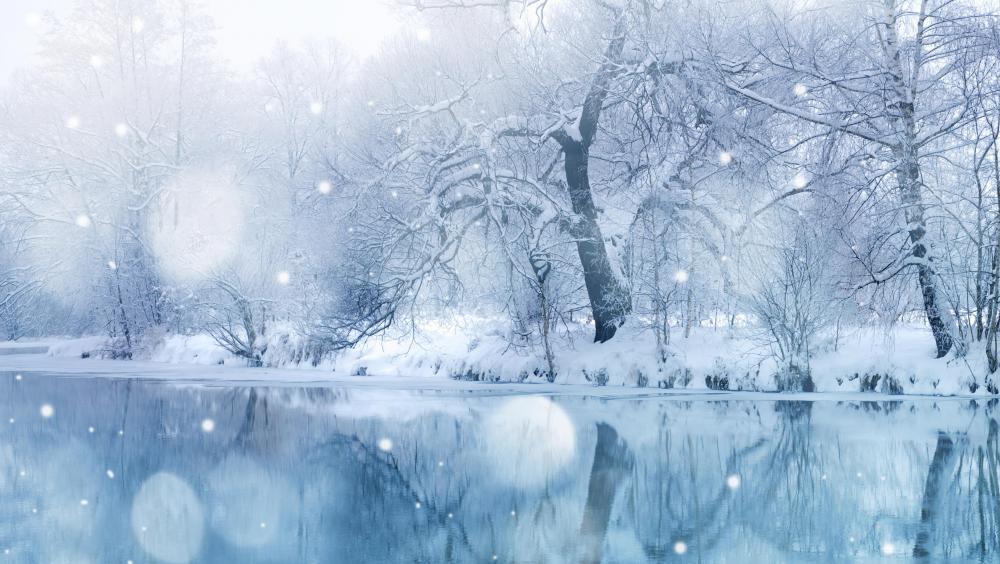
Discussion Comments
@seag47 – I also live in an area with mild winters, and I know what you mean about road crews not being well equipped to handle ice and snow. We had a big snowstorm that dumped eight inches on us in one day, and most of the businesses in our area had to shut down, because no one could drive to work!
They did put salt on the bridges and on some of the major highways, but all the people who live on county roads were out of luck. I missed two days of work, because my road was covered in icy puddles from the snow that had melted and froze again.
This storm was unlike anything I have ever seen. It was snowing so hard that by the time I wiped off my front windshield and started working on the back windshield, the front was coated in snow again!
I've only experienced one ice storm in my entire life, and I hope I never get to see another one. The effects were detrimental.
I live in the South, and we don't see much ice and snow down here. That means that our road crews are not very well prepared when a snowstorm or ice storm does threaten us.
The ice that fell one February coated all the trees and power lines, and many of them broke. We were without power for a week, and it was really cold in the house!
I used to have a lot of anxiety during thunderstorms when I was younger. My mother made me feel better by taking me bowling.
We called it “storm bowling,” because the whole point was to drown out the thunder with the noise of the bowling balls. It really was hard to tell the difference in the bowling alley between the roar of the balls going down the lanes and crashing into the pins and the roar of thunder outside.
My mother also used to tell me that thunder was the sound of angels bowling. I only believed this when I was really young, and once I stopped buying it, she started taking me bowling to ease my anxiety.
I have never understood people who have the desire to go storm chasing. I have spent my life running away from storms and seeking shelter whenever there is even the slightest possibility of a tornado, but these people want to place themselves in the midst of these storms!
I admit that I have watched a few storm chaser videos before, and just watching someone that close to a tornado makes me sweat and panic. I want to yell at them to get out of there before it's too late!
The United States is not the only area affected by tornadoes. Tornadoes can be found on every continent, except Antarctica.
Regions that are more likely to be affected by these fierce disturbances include Canada, southern portions of Brazil, South Africa, portions of Australia, Bangladesh, Europe, Japan and New Zealand.
The U.S. averages about 1200 tornadoes each year but the Netherlands has the highest average number per area of any other country, with more than 20 per square mile annually.
Tornadoes are actually most destructive in Bangladesh, killing an average of 179 people each year. These deaths are accounted for by the high population density, poor quality of construction and lack of tornado safety knowledge.
This raises the question; should there be a greater focus on teaching tornado safety in other countries to prevent unnecessary deaths from these storms?
Tornado season in the United States is usually from the months of April through June. They do occur in all fifty states but are most frequent in Texas and Oklahoma -- portions of the United States commonly referred to as Tornado Alley.
The average tornado season claims the lives of approximately 90 people each year in the U.S. and is the most destructive of all the different storms. However, Massachusetts has the highest rate of death caused by tornadoes. This is probably because it has a higher population density than the Central Plain states. The highest death rate recorded in Massachusetts was in 1953 when a tornado struck and killed 94 people.
Post your comments